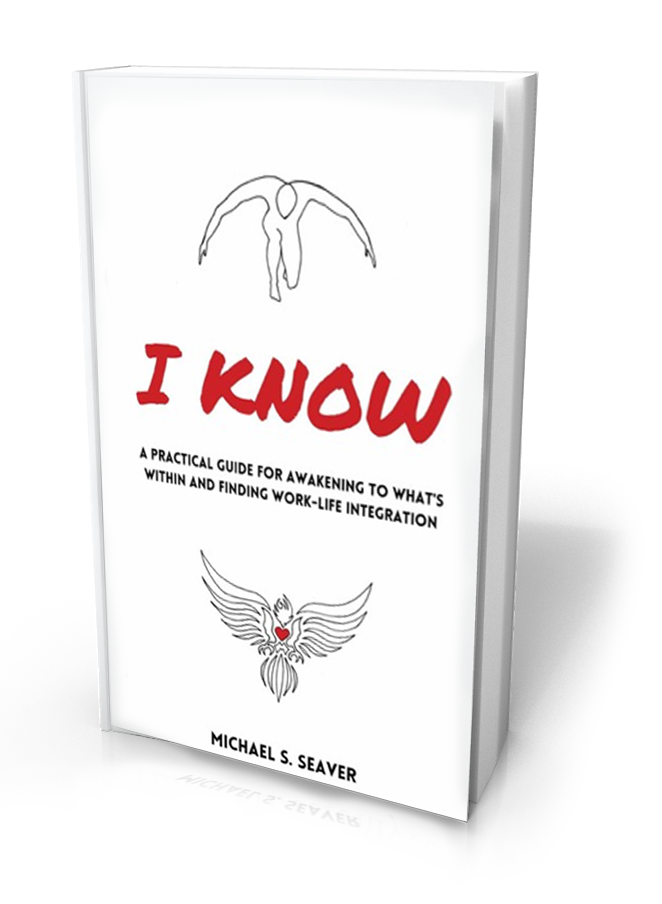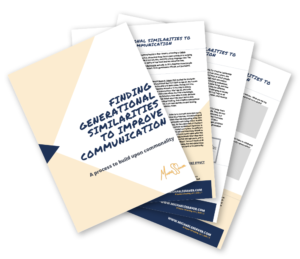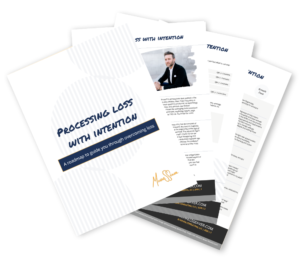How many times have you been in, what seems like, a never-ending discussion with a colleague or spouse? I’m sure you can think of a few examples, even from the last few days. How many times do you let the words that are being said become a distraction from the real purpose or goal of the discussion? If your answer is “more often than not”, keep reading.
Albert Mehrabian, a UCLA professor, published Inferences of Attitudes from Nonverbal Communication in Two Channels in 1967. His research was attempting to conclude how verbal, vocal, and facial attitude affects communication between two people. It is often misquoted as Mehrabian was describing a very narrow situation where a listener was analyzing a speaker’s attitude toward the listener, and there was no previous relationship or context to build on. His rule for reading effective communication is:
55% is derived from facial expression
38% is derived from inflection and tone of voice
7% is derived from actual words used
Although the equation will not apply in every communication situation you encounter, it is strong reminder of just how important context and non-verbal communication is. It also shows that if both non-verbal and verbal cues are in alignment, your message will be delivered clearly.
Should you get into a situation where you are struggling to find a win-win solution, try one (or more) of the three below tactics to get your conversation or negotiation back on track.
1. Listen Actively – I wrote a blog post about this recently. Read it here. It is very important that you remove your agendas from the conversation. While the other person is talking, you are to do nothing but listen at Level 3. Focus on the person’s non-verbal cues. Perhaps the tone of her voice changed. His hands are now in his pocket because he is fidgeting with his keys. If you are trying for win-win, you must quickly identify what the other party is seeking and allow non-verbal communication to assist you towards the mutual goal.
2. Adjust Context – A former colleague of mine asked my old boss why I always sat at the head of the table during leadership team meetings. She thought that it made me seem disconnected. I thought that it gave me a perfect view of everyone else’s non-verbal communication styles. I can’t tell you how much I learned about my peers as a result of being able to see them in various states of emotion. The next time you are in a lengthy discussion and you are struggling to find win-win, find a way to change the physical context. Go for a walk. Get something to drink. Use the washroom. Instead of sitting across the table from the person, pick your stuff up and move it over to her side of the table. Take off your jacket and roll up your sleeves. Do something to get past the impasse. Over the next few meetings, I alternated between sitting amongst my peers and sitting at the head of the table. It did make a difference.
3. Don’t Make it Personal – Separate the person from the problem. It is imperative that you remember that the other party is human with distinct values, emotions, and a very different background from yours. Don’t let personality differences cause delays in getting to win-win. Keeping an objective view of the situation and potential solutions helps to remove emotion and make the conversation about actions and not personalities.
When words fail, use the above tips to read the non-verbal communication of the other person. Getting to win-win isn’t always easy, but the benefit of being there far outweighs the tribulations in getting there.
“The law of win-win says, “Let’s not do it your way or my way; let’s do it the best way.” – Greg Anderson






Connect with me